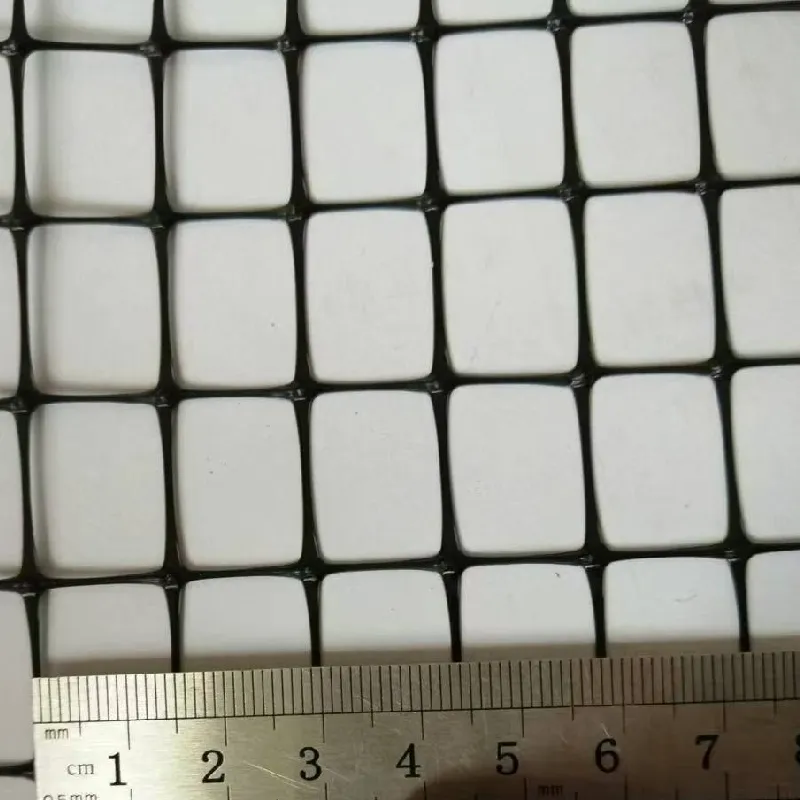-
 Afrikaans
Afrikaans -
 Albanian
Albanian -
 Amharic
Amharic -
 Arabic
Arabic -
 Armenian
Armenian -
 Azerbaijani
Azerbaijani -
 Basque
Basque -
 Belarusian
Belarusian -
 Bengali
Bengali -
 Bosnian
Bosnian -
 Bulgarian
Bulgarian -
 Catalan
Catalan -
 Cebuano
Cebuano -
 China
China -
 Corsican
Corsican -
 Croatian
Croatian -
 Czech
Czech -
 Danish
Danish -
 Dutch
Dutch -
 English
English -
 Esperanto
Esperanto -
 Estonian
Estonian -
 Finnish
Finnish -
 French
French -
 Frisian
Frisian -
 Galician
Galician -
 Georgian
Georgian -
 German
German -
 Greek
Greek -
 Gujarati
Gujarati -
 Haitian Creole
Haitian Creole -
 hausa
hausa -
 hawaiian
hawaiian -
 Hebrew
Hebrew -
 Hindi
Hindi -
 Miao
Miao -
 Hungarian
Hungarian -
 Icelandic
Icelandic -
 igbo
igbo -
 Indonesian
Indonesian -
 irish
irish -
 Italian
Italian -
 Japanese
Japanese -
 Javanese
Javanese -
 Kannada
Kannada -
 kazakh
kazakh -
 Khmer
Khmer -
 Rwandese
Rwandese -
 Korean
Korean -
 Kurdish
Kurdish -
 Kyrgyz
Kyrgyz -
 Lao
Lao -
 Latin
Latin -
 Latvian
Latvian -
 Lithuanian
Lithuanian -
 Luxembourgish
Luxembourgish -
 Macedonian
Macedonian -
 Malgashi
Malgashi -
 Malay
Malay -
 Malayalam
Malayalam -
 Maltese
Maltese -
 Maori
Maori -
 Marathi
Marathi -
 Mongolian
Mongolian -
 Myanmar
Myanmar -
 Nepali
Nepali -
 Norwegian
Norwegian -
 Norwegian
Norwegian -
 Occitan
Occitan -
 Pashto
Pashto -
 Persian
Persian -
 Polish
Polish -
 Portuguese
Portuguese -
 Punjabi
Punjabi -
 Romanian
Romanian -
 Russian
Russian -
 Samoan
Samoan -
 Scottish Gaelic
Scottish Gaelic -
 Serbian
Serbian -
 Sesotho
Sesotho -
 Shona
Shona -
 Sindhi
Sindhi -
 Sinhala
Sinhala -
 Slovak
Slovak -
 Slovenian
Slovenian -
 Somali
Somali -
 Spanish
Spanish -
 Sundanese
Sundanese -
 Swahili
Swahili -
 Swedish
Swedish -
 Tagalog
Tagalog -
 Tajik
Tajik -
 Tamil
Tamil -
 Tatar
Tatar -
 Telugu
Telugu -
 Thai
Thai -
 Turkish
Turkish -
 Turkmen
Turkmen -
 Ukrainian
Ukrainian -
 Urdu
Urdu -
 Uighur
Uighur -
 Uzbek
Uzbek -
 Vietnamese
Vietnamese -
 Welsh
Welsh -
 Bantu
Bantu -
 Yiddish
Yiddish -
 Yoruba
Yoruba -
 Zulu
Zulu
Innovative Solutions for Efficient Wire Mesh Production with Advanced Welding Technology Machines
Exploring Wire Mesh Welding Machines Revolutionizing Production in the Metal Industry
In the modern era of manufacturing, automation and precision have become paramount. Within this context, wire mesh welding machines stand out as a pivotal innovation that has transformed the metalworking industry. These machines are designed to produce high-quality wire mesh efficiently, often utilized in construction, agriculture, and several other industries. This article delves into the workings, advantages, and applications of wire mesh welding machines, offering insight into their significance in today’s market.
A wire mesh welding machine is primarily used to create welded wire fabric. The operation involves the automated welding of intersecting wires at predetermined intervals, forming a grid-like structure. The process begins with feeding wires into the machine, where they are accurately aligned and prepped for welding. An essential aspect of these machines is their ability to use diverse wire diameters and materials, including galvanized and stainless steel, thus catering to various industrial needs.
One of the most notable advantages of wire mesh welding machines is their efficiency. Unlike traditional manual methods, which can be time-consuming and labor-intensive, these machines can produce large quantities of wire mesh in a significantly shorter time frame. This increase in productivity leads to lower operational costs and faster turnaround times for projects, making them a favored choice for manufacturers.
Moreover, the precision offered by wire mesh welding machines is unparalleled. Automated systems minimize human error, ensuring that each weld is consistent and robust. This reliability enhances the quality of the final product, which is critical in applications where structural integrity is essential, such as in concrete reinforcement. As a result, companies that invest in these machines often see an improvement in product quality and customer satisfaction.
wire mesh welding machine

Furthermore, modern wire mesh welding machines come equipped with advanced technology, including programmable logic controllers (PLCs) and touch-screen interfaces. These features allow operators to easily set up and adjust welding specifications, enhancing flexibility in production. As different projects may require distinct wire mesh sizes and configurations, customizable settings streamline the manufacturing process, making it more adaptable to varying market demands.
In terms of applications, wire mesh welding machines serve a broad spectrum of industries. In construction, welded wire mesh is vital for reinforcing concrete structures, ensuring durability and safety. In agriculture, it is used to create fencing for livestock or to support plants, showcasing its versatility. Additionally, many industries leverage wire mesh for filtration, safety barriers, and automotive components. This wide array of uses underscores the importance of wire mesh welding machines in meeting diverse industrial requirements.
However, it is important to highlight that like any manufacturing process, wire mesh welding has its challenges. The initial investment for high-quality machinery can be substantial. Companies must weigh the long-term benefits of increased efficiency and productivity against the upfront costs. Moreover, maintenance and training are necessary to ensure smooth operation and maximize the machine's lifespan, requiring ongoing commitment from the organization.
In conclusion, wire mesh welding machines play a crucial role in the modern manufacturing landscape. Their ability to produce high-quality, reliable wire mesh at an impressive speed revolutionizes how industries approach metal fabrication. As technology continues to advance, we can expect further enhancements in wire mesh welding processes, solidifying their place as an indispensable tool in the metal industry. For any business looking to boost efficiency and product quality, investing in a wire mesh welding machine is a step toward achieving those goals.
-
Shipping Plastic Bags for Every NeedNewsJul.24,2025
-
Safety Netting: Your Shield in ConstructionNewsJul.24,2025
-
Plastic Mesh Netting for Everyday UseNewsJul.24,2025
-
Nylon Netting for Every UseNewsJul.24,2025
-
Mesh Breeder Box for Fish TanksNewsJul.24,2025
-
Expanded Steel Mesh Offers Durable VersatilityNewsJul.24,2025











